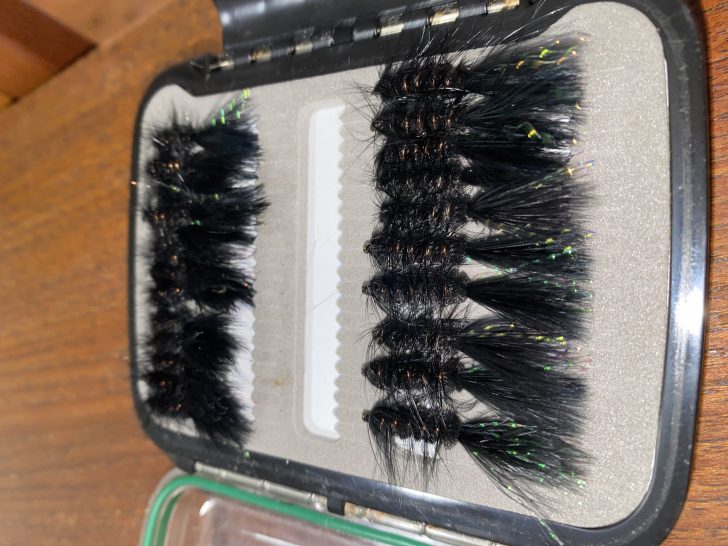Whether you’re a northern angler who calls them “crappie,” or a southern angler who calls them “speckled perch” or “specks,” I suppose the old pun is always good for a laugh. “How’s the bite today?”, someone might ask. “It’s crappie!”, being the silly yet funny answer. Local slang aside, one thing’s for sure–black crappie or Pomoxis Nigromaculatus, scientifically speaking, are fun to catch, and are one of the best freshwater table fare on the planet.
During the early part of my fishing career, having lived on a few freshwater Florida lakes, we fished for specks for one purpose–to fill the box. Multiple rods hanging over the gunwale, soaking Missouri Minnows, was the trick of the trade. Many fish fries took place with neighbors, friends and family. From time to time, I still target these delicious fish with spin tackle and live bait. But, many moons ago, when I caught my first speck using a fly rod, it changed the game for me forever.
Crappie are found in freshwater lakes, reservoirs, ponds, sloughs, backwaters pools and streams. They prefer cover such as vegetation, fallen trees or rocks. They often form in schools in clear water among vegetation over mud or sand. As adults, they average about 8 to 12 inches and 1 to 2 pounds. The Florida state record is 3.83 pounds, caught on Lake Talquin in 1992. The world record is 5.7 pounds, caught on a small, private Tennessee pond in 2018.
Crappie aren’t the pickiest eaters. In addition to the go-to minnows that we use, these predators will hit just about anything that comes their way, including: live worms and crickets, soft plastics, hard-body plugs and flies. They’ll eat a wide variety of flies. My favorite, though, which I use for much of my bass on fly missions, is a simple all-black Woolley Bugger size #10 or #12. Olive is great too, but a hungry, aggressive speck won’t turn down brighter colors either.
There are a few ways to target specks on fly. They’re known for hanging out under lily pads in shallows areas, so that’s one area to hit. My favorite technique, however, is fishing for them in deeper water. If you know a deep pond or lake that holds specks, try switching over to a sinking or intermediate fly line. If the spot is really deep, a full sinking line can be very effective. My line of choice, though, is an intermediate with a sink rate of 1 to 2 seconds per foot. This allows your line to slowly sink in deeper water and cover the entire water column. A good rule to follow is to give your line a five second sink count before beginning your strips. Long, slow strips seem to work best. If you’re not finding them, try a longer sink count, while avoiding contact with the bottom.
My rod of choice for targeting specks on fly is a three weight. This is plenty of stick for the job, but still allows for a fun fight. If you’re finding larger fish or fishing around heavy cover, you may want to go up to a four or five weight. Light leader is key. Crappie have huge eyes, thus excellent eyesight. Use the smallest leader you can get away with. I prefer leaders as light as 6 to 8-pound test, as they are strong enough for the job and will increase your hookups. Keep in mind that they have paper-thin mouths. Fight these fish gently or your fly might rip right out.
Black crappie are early morning feeders, so try to hit that first-light bite. If you find a school, it can be non-stop, exciting fishing. So, whether you’re trying to put a pile of these tasty guys in the box for a fish fry or you’re just interested in the hunt, try it on the long rod. It’s a super fun way to tackle an old Florida favorite.

